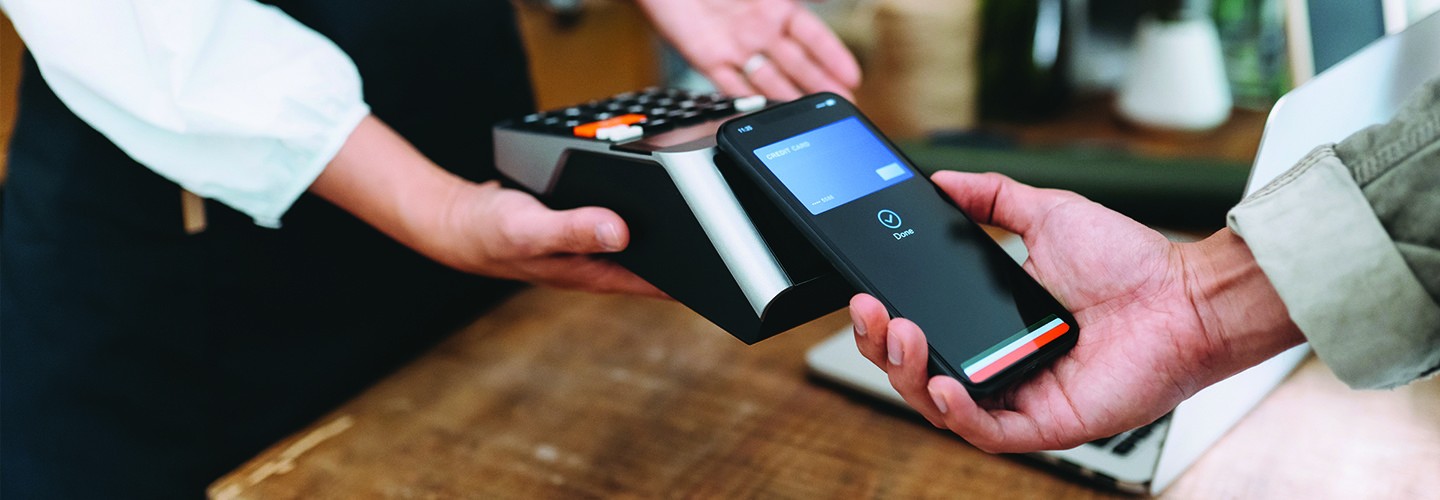The Rise of the Digital Wallet
While digital payments have continued to trend up overall, that has not been the case for every channel.
“The surprising thing in terms of channels is that the growth has been really uneven,” said Nadeau. “As online payments have been adopted by older generations, the reverse effect has happened in other channels.” She noted that social distancing guidelines and other pandemic-related changes led to an overall decrease in customers using their phones to pay.
Now that businesses have eased restrictions, the use of digital wallets has increased. Nadeau said that while many customers would never consider leaving their houses without their physical wallets, the number of customers who rely on digital wallets has now grown to 12 percent. That number doubles when customers know that the place they are going accepts payment from digital wallets.
“The wallet adoption has really taken off,” Nadeau said. She added that about half of the customers who use a digital wallet will use a digital wallet only, not a physical one.
Conventional wisdom once held that those who use digital wallets would only use the top card in their wallets. Nadeau said this is no longer the case.
“This isn’t true anymore,” she said. “You can be the second card in the wallet, and if you have a compelling value proposition for certain use cases, you’ll get considerable usage.”
McKinsey’s research shows that this space is still dominated by PayPal and Apple Pay, but other services are climbing as well.
MORE FROM MONEY 20/20: Who's really bringing innovation: banks or fintechs?
The Role of Cryptocurrency in Digital Payments
Another change to the digital payment landscape has been digital assets, specifically cryptocurrency. In McKinsey’s research, the portion of the population that held digital assets was about 6 percent in both 2019 and 2020. But in 2021, that number has jumped to 20 percent.
“We think that’s driven by accessibility, and obviously a lot of publicity around it,” Nadeau said. “But it’s huge. One in 5 consumers are involved in this market.”
Those who are investing in cryptocurrency are making strong moves. Nadeau noted that 40 percent of those who hold digital assets have more than 5 percent of their total assets in the market. It’s enough to make more established financial institutions take notice.
“Now you’re seeing the traditional banks are slowly tiptoeing into the digital asset space,” said DigiPli Chief Revenue Officer Stacy Bjornstad in a Monday conference session. “Even the Federal Reserve is thinking about creating a central bank digital currency.”
Whether customers are using traditional payment methods through digital wallets or an entirely new currency, the digital movement is shaping changes in financial services.










